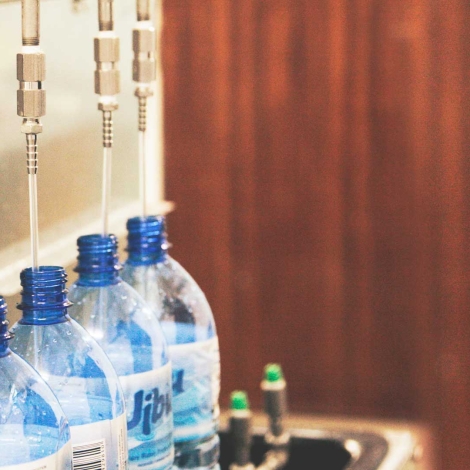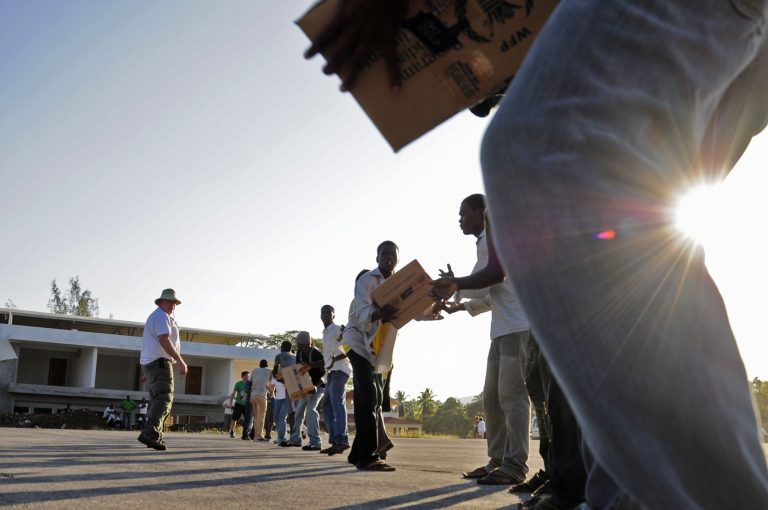Though the amount of freshwater on Earth has remained more or less the same, a rapidly increasing global population will likely lead to scarcity. Freshwater represents only 2.5 percent of all water on the planet, but only 0.007 percent is available for consumption.
For more water treatment technologies at use in emerging markets, please see E4C’s Solutions Library.
With this in mind, solutions are necessary to meet the growing demand for freshwater. Here we detail five of methods of purification and disinfection, from the low-tech to big data. Three of these are found in our Solutions Library, a living repository of products and prototypes that meet basic needs in underserved communities.
1. SolarPure UF
The SolarPure UF is a semi-industrial water treatment and bottling plant which can operate on solar power. It has the capacity to treat up to 20,000 liters per 12-hour day using ultrafiltration and activated carbon technologies. These systems have considerable potential to combat water scarcity in disadvantaged places.
Areas of the world without access to clean drinking water can use equipment like the SolarPure UF at comparatively low operating costs. In countries such as Uganda, Rwanda and Kenya, this machinery has proven valuable. Though the units themselves are expensive, they produce clean water at $0.005/liter.
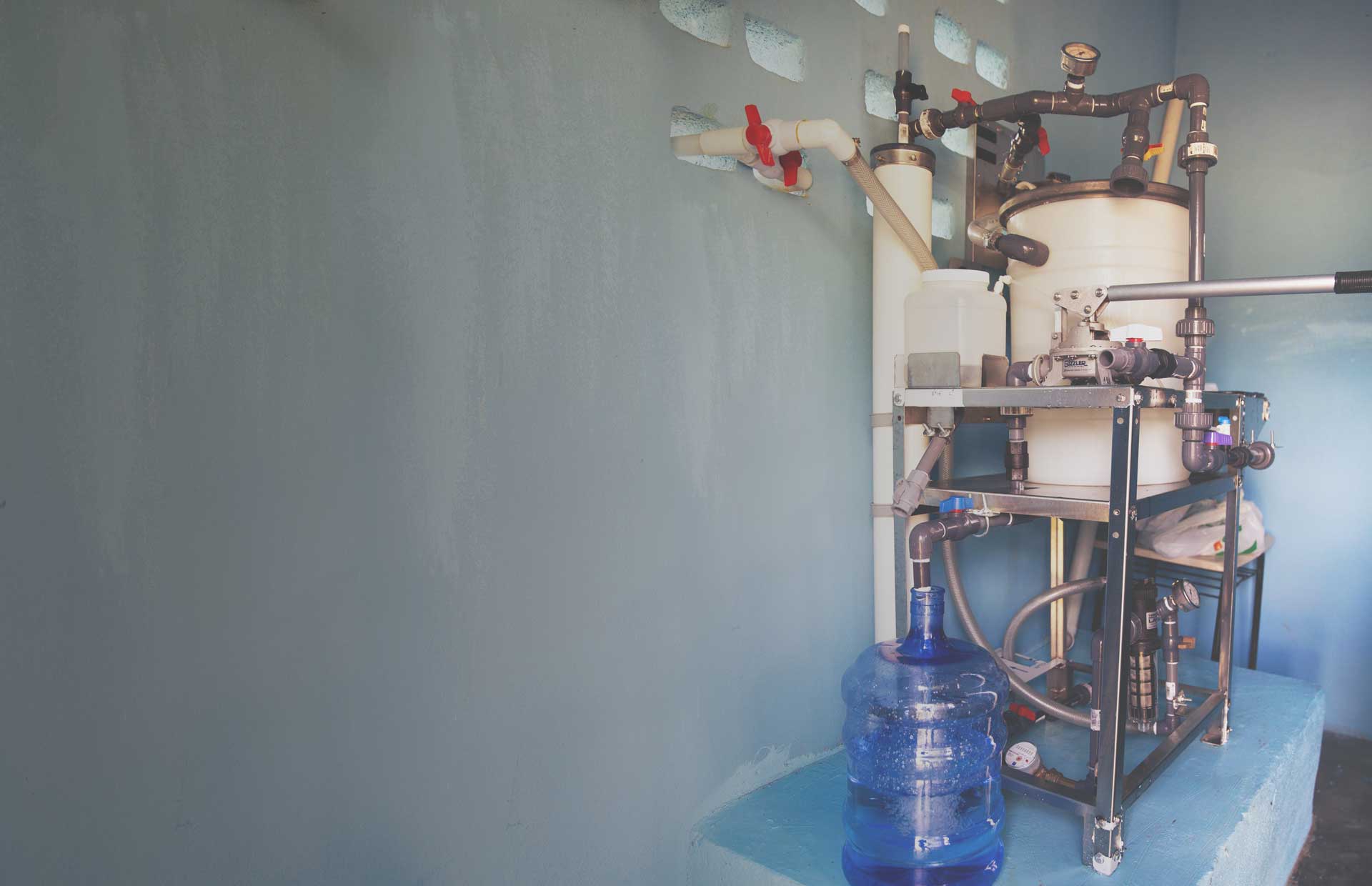
2. Thirst Aid Station
The Thirst Aid Station from Pure Hydration is a portable 10L water purification bag for short-term emergency response purposes. It uses Pure Hydration’s Mechanically Advanced Disinfection technology to separate microbiological and chemical contaminants through a purifier cartridge.
Among other applications, the Thirst Aid Station primarily serves as an effective purification product in disaster response initiatives. In this regard, it can last up to a month while supplying clean water to a family of four. It also has use in households, and among campers and trekkers who need a lightweight purification solution.
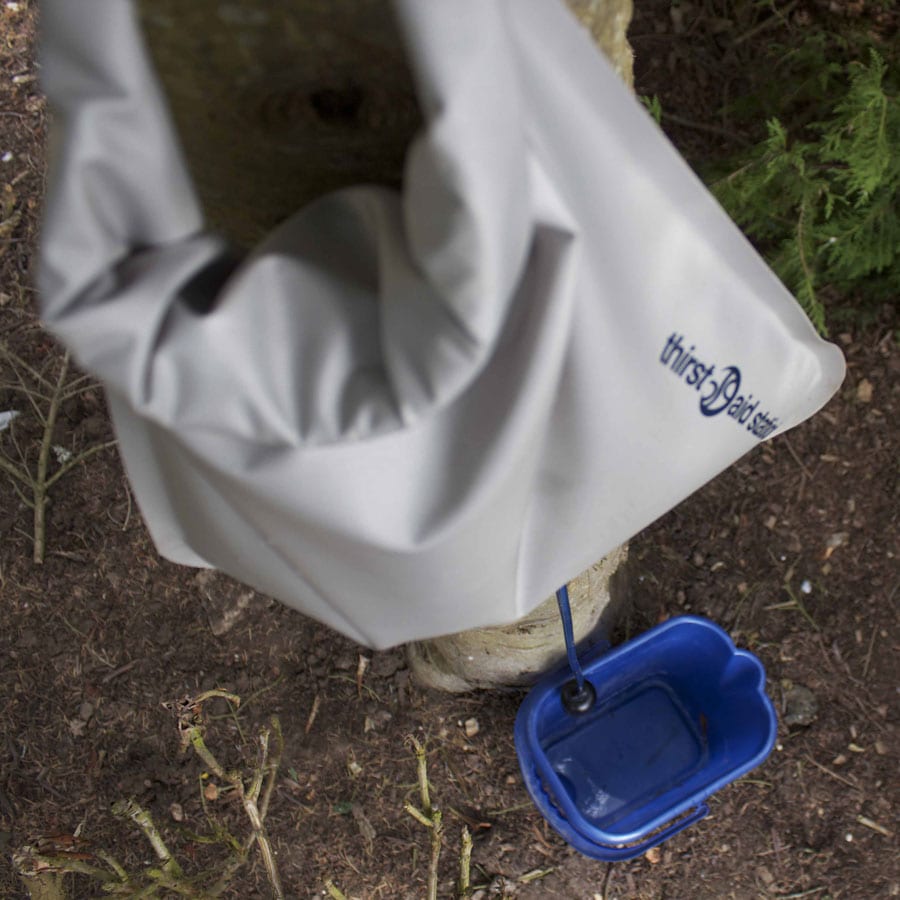
3. H2gO Purifier
Aqua Research LLC designed the H2gO Purifier as a convenient, hand-held solution to address contaminated sources of water. The device generates a volume-specific disinfectant which the user adds to the affected water. The water then undergoes an electrolytic process involving salt and electricity.
Individuals in disadvantaged areas and households can both employ the H2gO Purifier for sanitation purposes. It has already seen distribution in Nepal, following the earthquake in 2015. Due to its size and ease of use, this product will likely enjoy greater adoption in 2019 and beyond as the freshwater crisis intensifies.
View this post on Instagram
4. Big Data
Big data allows aging facilities to increase operating efficiency and meet growing demand. Companies like Kemira are developing systems which measure inflow and outflow in real-time with sensor technology, streamlining water treatment to reduce costs. Considering the power consumption of certain processes, this is vital.
MECO developed smartANALYTICS to connect its water purification machines and systems with big data analytics. Its predictive capabilities enable clients to optimize the operation of their water system, employing big data to assist with profiling and avert downtime. This proactive engagement is preferable to damage control.
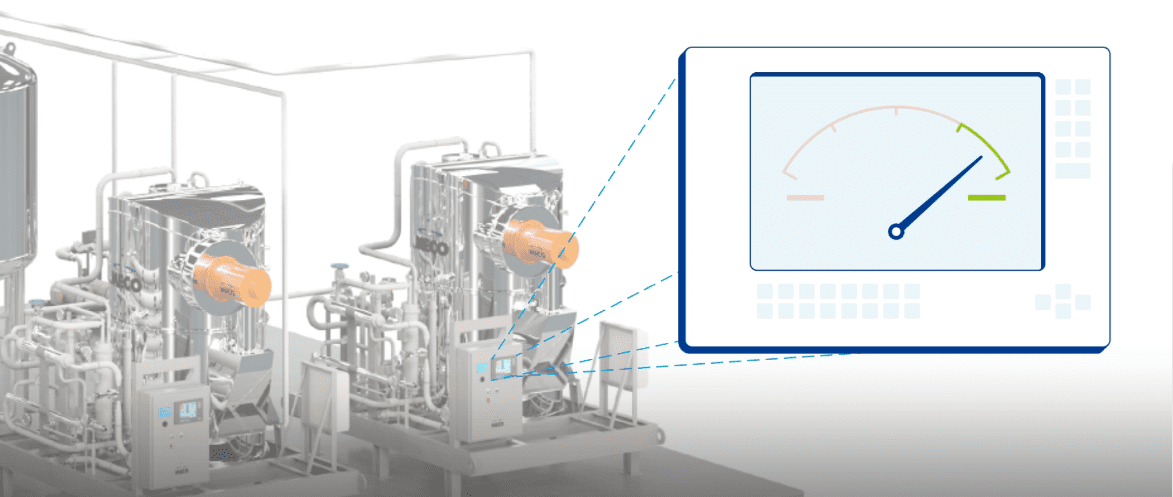
This screen grab shows a frame from MECO’s video on its smartAnalytics system.
5. Mixed Media Filtration System
Beyond the use of water purification systems in disadvantaged areas of the world, they also serve an important purpose in the United States. A mixed media filtration system removes chlorine, chlorine byproducts, fluoride and heavy metals from tap water, connecting directly to the plumbing in a home.
The longevity of the system is appealing to homeowners, effective up to 1 million gallons without the need for maintenance. In addition to its basic functionality in removing contaminants, it also eliminates unpleasant odors and bad taste and is fully customizable to address special issues with well water.
Looking Toward the Future
An estimated 1.8 billion people will live in areas affected by water scarcity by 2025, with two-thirds of the global population residing in water-stressed regions. Through solutions like the SolarPure UF, H2gO Purifier and big data software, it’s possible to alleviate pressure on the world’s supply of freshwater.
Though the world will face challenges in the coming years, we have the means to overcome them.
About the Author
Emily covers topics in sustainability, science and manufacturing. You can find more of her work on her blog, Conservation Folks.
